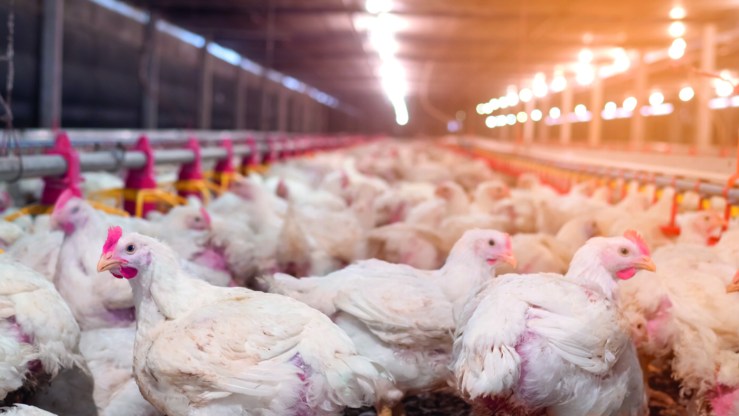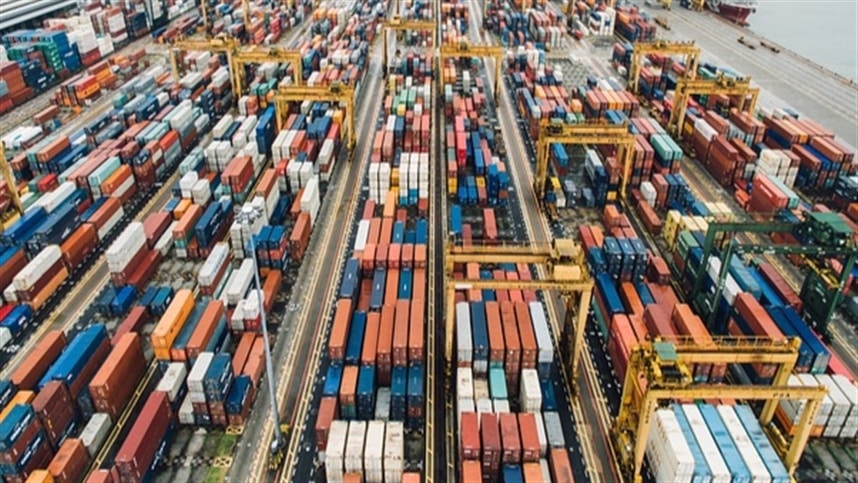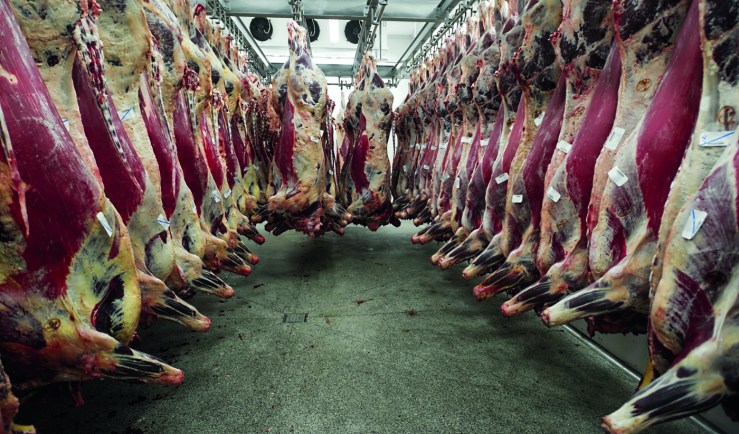Climate conditions and changes in land use that have favored export crops in recent years have caused a reduction in the growth rate of food production in the country and explain the increase in food prices. This finding is part of the Ibre Letter, an analysis of the economic situation published monthly by the Brazilian Institute of Economics (Ibre) of the Getulio Vargas Foundation (FGV).

The text, written by economist Luiz Guilherme Schymura, includes the collaboration of other researchers from Ibre and points out reasons that explain food inflation rising at a faster rate than the country's official inflation, as determined by the Broad National Consumer Price Index (IPCA), from the Brazilian Institute of Geography and Statistics (IBGE).
The analysis indicates that the rise in food prices is a reflection of the fact that rural production does not keep up with the population's demand.
The February IPCA showed that inflation in the food and beverage group rose 7.25% in the accumulated 12 months, above the general index, which rose 4.56%. The Ibre Letter notes this decoupling between food inflation and general inflation over a longer period.
“Between 2012 and 2024, the food at home item increased by 162%, while the general IPCA increased by 109%”, states the document.
Climate and dollar
Ibre highlights that “the rise in food prices – which has a greater weight in the consumption basket of the poorest – in Brazil and in the world is a process that has been going on for almost two decades, with many complex explanatory factors”.

Photo: Bruno Peres
Schymura highlights climate change as responsible for the mismatch between food inflation and the general index, with an increase in extreme events and greater meteorological unpredictability, which “cause increasing disruptions in the supply of commodities [goods traded at international prices] and food products, in a process that affects various parts of the globe and, in a very clear and relevant way, Brazil”.
The analysis highlights that the negative effects of climate change began to emerge clearly from the mid-2000s, with even more negative effects in warmer parts of the globe, such as Brazil.
The document also points out that the “significant currency devaluation” is partly to blame for the rise in food prices, as it encourages exports.
With the devalued real, selling to other countries and obtaining revenue in dollars makes the producer's activity more profitable.
Another impact of the high exchange rate factor is the increase in the price of imported agricultural inputs, such as pesticides, fertilizers, machinery and equipment.
Another element highlighted is internal policies to encourage consumption, such as “a strong real increase in the minimum wage and the significant expansion of the Bolsa Família program”. With more income, the population tends to increase consumption, putting pressure on the production-demand ratio.
Agricultural production
The FGV publication presents data that indicate a loss of speed in the food supply. “The growth of global agricultural production, which had an average rate of around 2.6% per year in the 1990s and 2000s, slowed to 1.9% in the 2010s”.
Ibre details specific scenarios in Brazil. “Brazil is not producing enough food for its own country and the world.” One reason for this is crop exchange – food giving way to soy and corn.
“Crop production is growing less than necessary to meet domestic and foreign demand for food intended especially for human consumption; part of the planted area is apparently moving away from food and towards products more geared towards export.”
Ibre details specific increases in the price of food at home from 2012 to 2024, such as fruits (up 299%), vegetables and greens (246%), cereals, legumes and oilseeds (217%), and tubers, roots and legumes (188%), while the general inflation index was 109%.
Planted area
The study shows that the total area planted in Brazil increased from 65.4 million hectares in 2010 to 96.3 million in 2023. But this expansion is mainly due to soybeans and corn. Without these two crops, which are export-oriented, the planted area remained stable, registering 29.1 million hectares in 2010, and 29.3 million in 2023.
According to Ibre, bean production per capita in Brazil fell by 20%; and rice production fell by 22%, when comparing 2024 with 2012.
“The area planted with rice in Brazil went from 2.8 million hectares in 2010 to 1.6 million in 2024, which reinforces the idea that food crops are giving way to export crops, especially soybeans and corn,” writes Schymura
The researcher emphasizes that the production per capita of almost all major fruits has fallen in Brazil since the beginning of the last decade. In the case of bananas, this drop was 10%; in the case of apples, 5.6%; in the case of oranges, 20% (affected by greening, a type of pest); in the case of papaya, 40%; and in the case of tangerines, 8%. The exception was grapes, with an increase of 9%.
Vegetables and greens
Regarding vegetables and greens, the second household food item that grew the most above the IPCA in 2012-2024, the economist recalls that these are crops more vulnerable to adverse climates.
“Another hypothesis, which does not exclude the first, is the increase in demand due to changes in habits, such as the search for healthier eating. Finally, the growth of urban areas, to the detriment of 'green belts', and the increase in labor costs may also be factors that restrict the production of fruit and vegetables,” he suggests.
Meat
The analysis also points out factors that make meat more expensive, such as the “beef cycle”, which causes a reduction in supply approximately every five years.
Demand from other countries for Brazilian meat also increases the price. According to Ibre, there has been a significant increase in exports of the product since 2017, while domestic production has remained relatively stable.

Photo: Claudio Neves
According to the publication, in 2017, the availability of beef for domestic consumption was 39.9 kg/inhabitant, an indicator that fell to 36.1 in 2023 – the lowest level since at least 2013.
Furthermore, the analysis notes, meat production has also been affected by climate change, with a focus in 2021 on damage to pastures caused by severe drought.
Recommendations
The Ibre Letter concludes that “the rise in food prices is not a passing phenomenon” and recommends the following food supply and security policies:
- Focus on cultures that directly produce food for Brazilians’ tables.
- Production monitoring
- Replenishment of public stocks
- Silage (storage structures)
- Flow routes
- Focused credit
Export culture
Regarding export crops, Schymura comments that “it is not about restricting them”. He states that soybeans, for example, bring many benefits to the country, in the form of foreign currency inflows and the “consequent macroeconomic stabilization provided by them”. He also points out that these crops allow for cheaper feed, which is an input in the animal protein chains.

Photo: Valter Campanato
“The focus should be on stimulating additional food production, not hindering other areas of agribusiness. This is not a zero-sum game,” he concludes.
Tax cuts
Food prices are one of the government's main concerns at the moment. President Luiz Inácio Lula da Silva has even said that he is considering “drastic measures” to contain the upward pressure.
On Thursday (6), the government decided to eliminate the Import Tax on nine types of food, in an attempt to lower prices.
Finance Minister Fernando Haddad says he believes that the bumper harvest expected for this year will be a factor in easing food inflation.
According to an estimate announced last Thursday (13) by the National Supply Company (Conab), the 2024/25 grain harvest will be 328.3 million tons, an expansion of 10.3% compared to the 2023/24 harvest.





